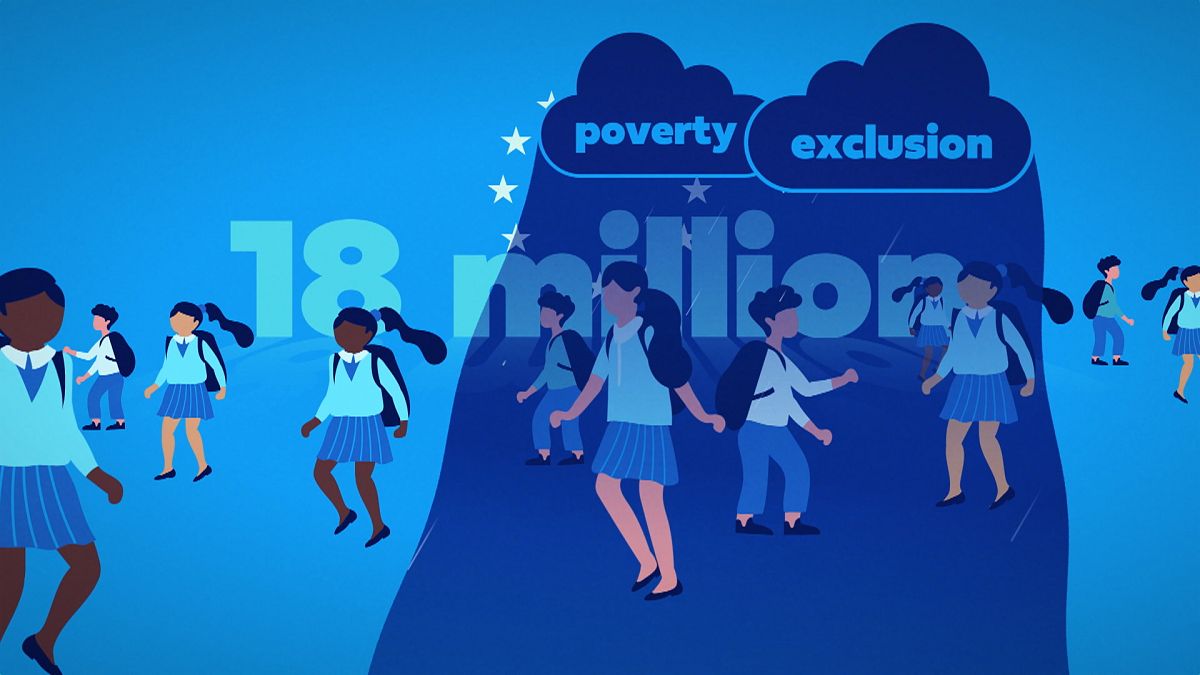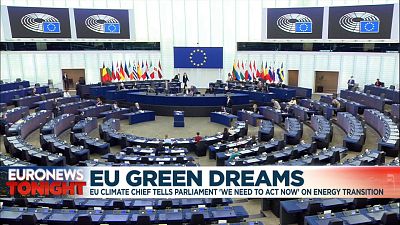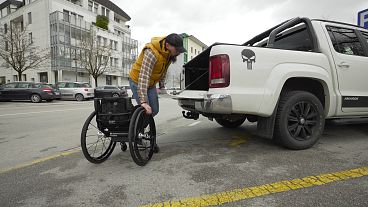The European Child Guarantee aims to put an end to child poverty. How will it work and what do EU governments need to do?
How bad is child poverty in Europe?
22.5% of children face poverty and social exclusion in Europe - that amounts to 18 million children. This figure is from 2019, and the pandemic has worsened the situation.
The picture is varied across the EU with the highest levels in Bulgaria and Romania where one in three children live in poverty. The lowest levels are in Slovenia, the Netherlands and Finland where one in ten children live in poverty.
Around 60% of Roma children live in severe material deprivation and 80% are at risk of poverty or social exclusion
What are the long-term effects?
Compared to their better-off peers, children growing up in poverty are more likely to underperform at school, have difficulty finding a decent job and suffer from poor health as adults.
This often creates a cycle of disadvantage across generations.
What is the European Child Guarantee?
The Commission is calling on EU governments to tackle the structural problems of child poverty or social exclusion.
The European Child Guarantee asks member states to make sure every child at risk of poverty has free education, childcare and good-quality healthcare, a healthy school meal a day and can take part in activities at school including sport - all for free. As well as decent housing
The Guarantee puts into action the European Pillar of Social Rights which aims to lift at least five million children out of poverty by 2030.
Member countries are being asked to sign up to the Guarantee and create action plans on how they will implement it.



